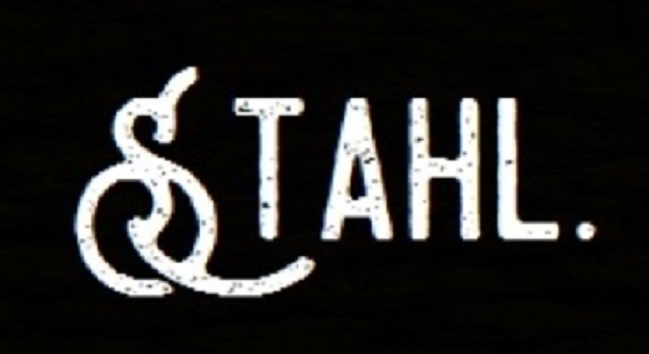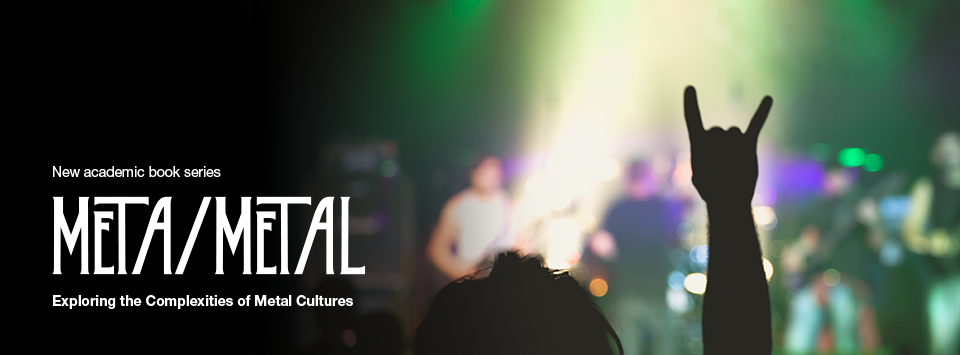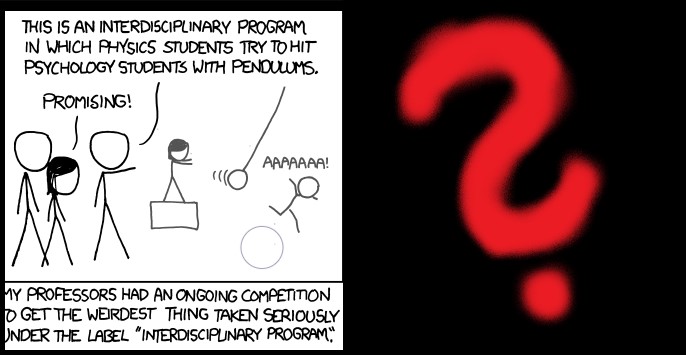Currently, I am in a phase of revising some older texts on metal cultural history. During these revisions I realized that over the last five years since I started this blog, my approach to heavy metal records, as sonic sources of history, has changed quite a bit. In 2014, when I set out to write first pieces on albums like Behemoth’s The Satanist or Temple of Oblivion’s Traum und Trauma, I listened to those records like I did in the 20 years before – as a metalhead who happens to also be a historian.
When reading an older piece on Panopticon’s Revisions of the Past, I acknowledged that my identity as a metal listener developed into a new direction. There are times when I listen to Panopticon (or Behemoth or Temple of Oblivion) as a metalhead but there are also times when I listen to them intentionally as a metal scholar. Over the past few years, I developed a second, more ‘methodical’ mode of listening to records, as sonic historical sources. Herein, I do receive the music as ‘data’ and ‘process’ it in my texts.
I do not mention this career of my personal ‘metal ear’1 in order to celebrate it. I do so because, arguably, there is a significant methodological aspect hidden within such kind of self-reflection. Sound history, as a recent discourse of the new cultural history2 showed instructively that our ways of listening have changed significantly over the course of history. For instance, the sound of the motorization of modern cities in the early 20th century with car engines and car traffic changed how the inhabitants of the cities experienced urban worlds.
Analogically, in metal sound history, the structural situation of the metal ear in 2019 is very different from that of the early 1970s, i.e. when metal was ‘invented’. In 1970, fans listened to Black Sabbath’s debut on vinyl albums, at live concerts or on the radio. Today, we can listen to the debut and to their last LP 13 (and all of other recordings in their back catalogue) on one of the digital, globally available music platforms that are available via our smartphones. If we grow tired of Sabbath, it takes just a moment to jump to Rihanna, to Miley Cyrus or even to spoken content like comedy or audiobooks. Thus, our medial and structural situation of listening to metal and hearing metal today involves overwhelmingly more cross-genre and cross-media jumps, and hence there is also much more fluidness and transgression. Arguably, this affects the cultural metal ear.
On balance, this leads me to suggest to not only think of historical agents as ‘learning listeners’ or ‘conditioned listeners’ but also of ourselves as researchers in metal studies as potentially self-reflexive listeners. On myself, I can observe a kind of ‘distant listening’ when intentionally listening to metal records as a scholar. Having a certain potential of methodological meta-reflexivitiy, this kind of ‘distant listening’ could become an aspect of historical theorizing in metal. Strategically treating metal records as sonic historical sources, one could think of a sort of ‘training program’, in which this kind of listening would be consciously nurtured. This also implicates to claim a deeper interdisciplinary exchange between cultural and musicological research in metal studies.
I would like to thank all the participants at the ‘History’ panel at the ISMMS conference in Nantes on 19th June 2019 for sharing their thoughts on this matter. ↩
Burke, P. (2004). What is cultural history? Cambridge: Polity Press; Langenbruch, A. (2018). Klang als Geschichtsmedium. Perspektiven für eine auditive Geschichtsschreibung. Bielefeld: Transcript; Schrage, D. (2011). Erleben, Verstehen, Vergleichen. Eine soziologische Perspektive auf die auditive Wahrnehmung im 20. Jahrhundert. Studies in Contemporary History 8(2), 269-276. ↩




